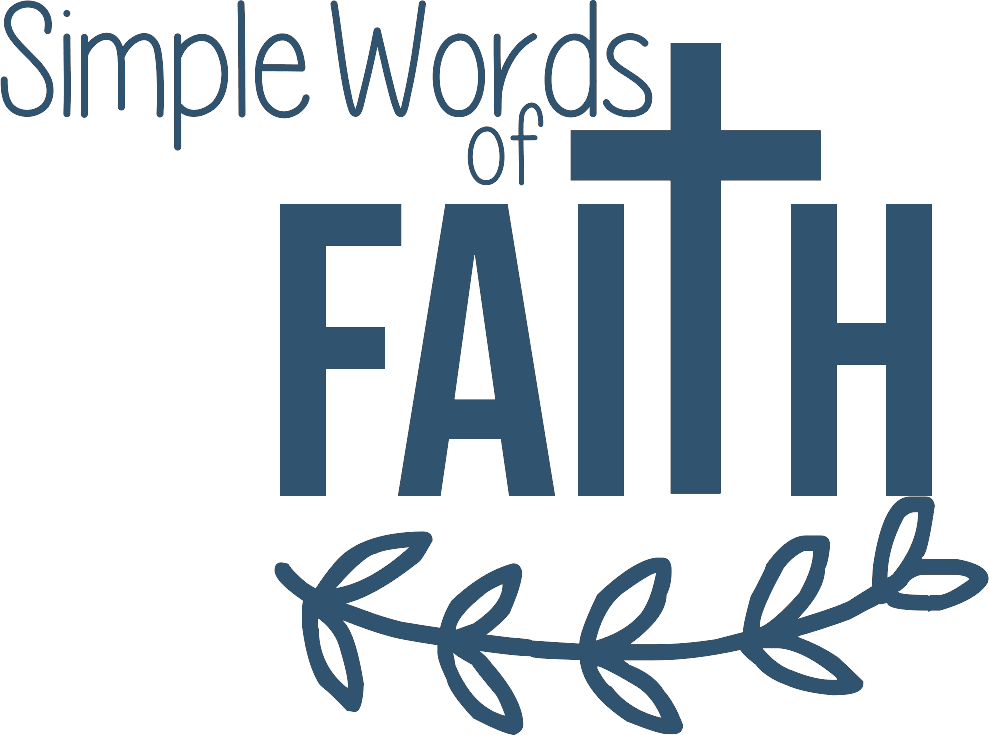Dec. 3, 2011
Isaiah 60:13
The Glory of Lebanon shall come unto you, the fir tree, the pine tree and the box together, to beautify the place of your sanctuary.
A tradition I enjoy using to kick-off Advent is a Hanging of the Greens worship service on the first Sunday of Advent. In this service, we remember the meaning behind the decorations used to festively adorn our churches and our homes. They are symbols of life, joy and hope.
What do the various decorations symbolize and represent? Let’s remember.
The most universal Christmas symbol is evergreens. Early Christians placed them in their windows to indicate that Christ had entered the home. They are called evergreens because they never change color. They are ever-green, ever-alive, even in the midst of winter. For Christians, they symbolize the unchanging nature of our God, and they remind us of everlasting life in Christ Jesus. Various evergreens represent something of Christ:
- In ancient times, cedar was known as the tree of royalty. The cedar branch represents Christ’s everlasting reign.
- Because the needles of pine and fir trees do not die each season, they are signs of eternity and something that lasts forever. They symbolize how the faithful experience eternal life in Jesus Christ.
- The round wreath, with no beginning and no end, fulfills Isaiah’s message that there will be no end to the Messiah’s reign.
- Holly and ivy bear berries in the dark, cold winter months. They remind us of Christ’s passion even in the Christmas season. Their prickly leaves remind us of the crown of thorns, which Christ wore at his crucifixion. The red berries represent the Savior’s blood that he shed for us. The bitter bark represents the sour drink offered to Jesus on the cross.
- Glittering with lights and ornaments, the Christmas tree is the center of most Christmas homes. Lighted Christmas trees help us call to mind the One who brings light to our darkness, healing to our brokenness and peace to all who receive him.
The flower of Christmas, the poinsettia, is the symbol of the Star of Bethlehem. The star-shaped red leaves remind us of the star that shone on the first Christmas. The red flower reminds us of the blood of Jesus our Savior upon the cross.
While Advent comes during the darkest time of the year, for the church, it is the season of light. With the Advent Wreath, we light a candle each Sunday to eliminate the world’s darkness and to witness to the Light of the World – Jesus Christ. As another Advent candle is lit each week, the sanctuary becomes a bit brighter. Darkness retreats as hope moves forward. The flame of each new candle reminds us that something is happening. There is more to come.
One of the most heart-warming expressions of Christmas is the scene in Bethlehemwhere the birth took place. The Nativity scene, also known as the crèche, is THE symbol of Christmas. It illustrates the night of Jesus’ birth and the beginning of his story. Many people were in town, registering for the census. A stable was filled with animals and the sounds of the night. Shepherds, angels, wise men and town’s people came to find the Christ Child.
Since the first Christmas, gift giving has been a part of the season. The Wise Men gave treasures; the Shepherds gave of themselves. Both express the Gift of God in giving Christ as the Savior of the World.
The first Christmas caroling was first done by the Choir of Angels who sang, “Glory to God in the Highest and on earth peace and good will to all people.”
However, the greatest Gift of Christmas is the Gift of God in Christ Jesus. All that we do during this Holy Season points to the expression of God’s Holy Love. Christ came as a babe inBethlehem and is God’s Christmas gift. As Christians, we seek to pass on our Christian heritage to our children and to those who, by faith in Christ, become part of God’s family. Through the work of the Holy Spirit in your and my life, the Christmas Gift continues.
As you decorate your home, your office, your church and other places, remember how these various symbols direct us back to Christ. The ADVENTure of Christmas is not just doing; it’s remembering why and how we have incorporated all of these aspects into Christmas. It also helps us be directed back to the WHO of the season.
Blessings –
Dianne


Comments are closed